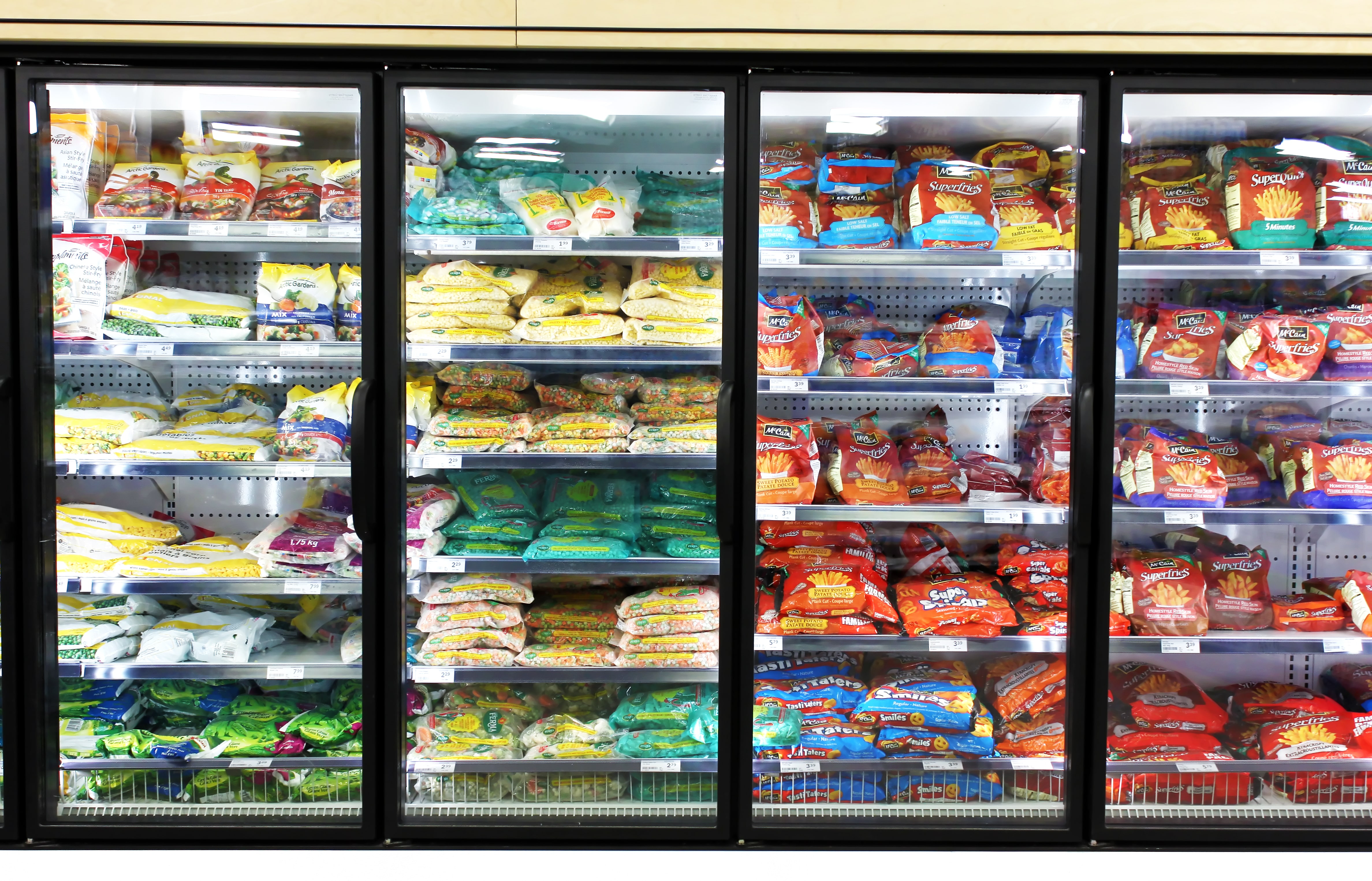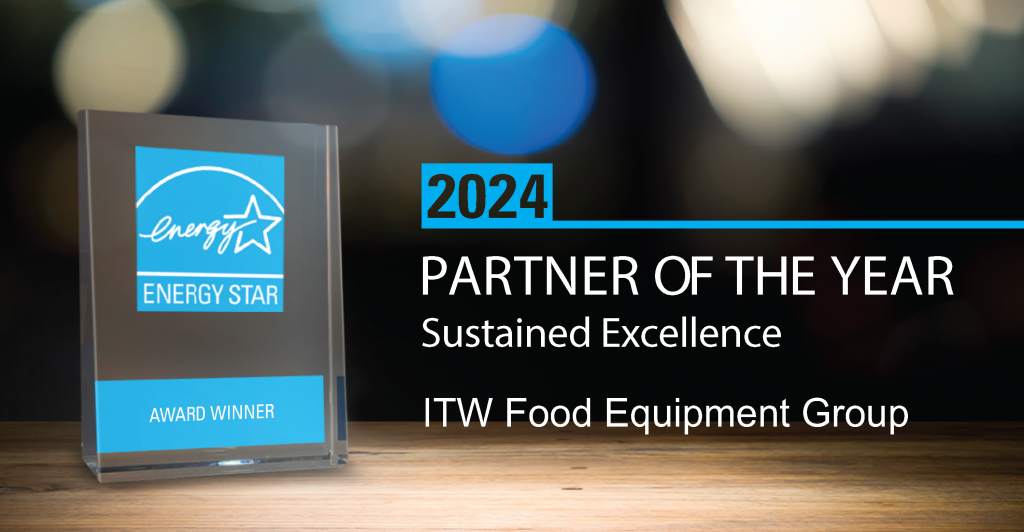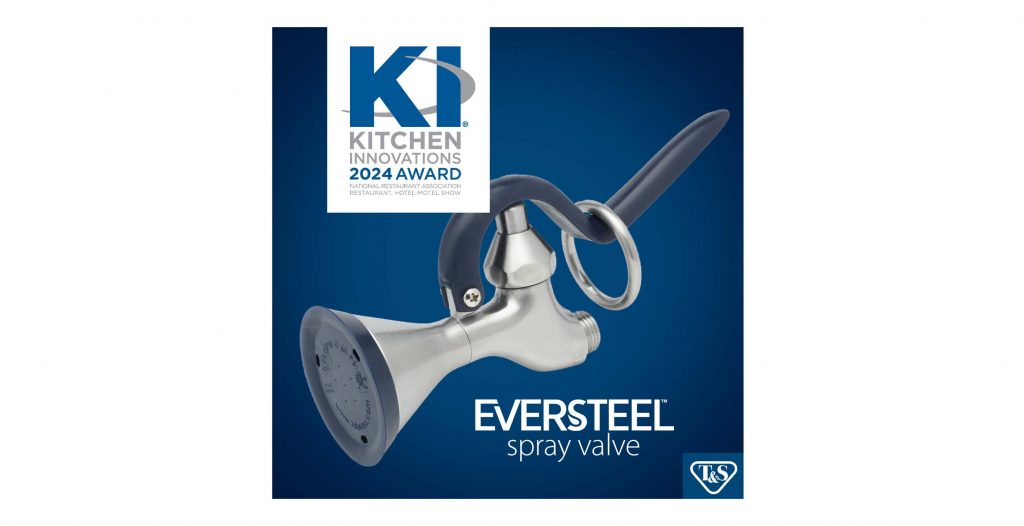
Millennials are apparently boosting frozen food sales as they look for fast, cheap and convenient meal options. According to data from market research firm Nielsen, Millennial homes spent 9% more than average households per trip on frozen food last year.
The image and stigma of frozen food being inferior in quality is changing. Indeed, there has been a strong marketing push to stress that it can, in fact, be the healthier option, as the produce is often picked and frozen straight away so maintains its nutrients.
“They’re no longer ranted old bags of crappy seconds, but actually products designed to be frozen and they can be a lot better for you,” says Jack Macintyre, director of consulting at GlobalData. “There’s an element of comfort for Millennials having frozen food at home. There’s something nice and lazy about getting a meal out of the freezer and sticking it in the oven, rather than having to cook.”
Convenience trend
Chris Stern FCSI, managing director of Stern Consultancy in the UK, points to the fact that in today’s society, we’re increasingly ‘time hungry’. “We spend so much time staring at our phones, we have no time to cook,” he says.
The returning appeal of frozen food is reflected in supermarket aisles. “If you look at the range of frozen food available it’s through the roof. You can pretty much buy anything,” says Julian Edwards, chair of FCSI UK & Ireland.
Furthermore, the quality control of frozen food ingredients and produce, such as fish or vegetables, is usually very high, so consumers might find unexpected “little gems” in the frozen section, according to Edwards.
The fact that some of the frozen food brands are household names – McCain’s oven chips, Bird’s Eye peas for example – helps with sales.
This rise in frozen food popularity could certainly be seen as part of the ‘convenience’ mega trend in the food service market, according to Global Data analysis. Quick and convenient food is now expected and a given, and when it’s not there it’s a reason for consumers to avoid a place or product.
Macintyre draws a parallel between this frozen food phenomena and the Millennials’ behaviour in the broader foodservice market. “They are actually spending a bit more in the foodservice world, switching up to premium options and customising their choices, which comes with an extra cost. So, to counter that they’re having to manage their budgets through the grocery spend.”
Commercial appeal
Food manufactures are starting to cotton on to this potential frozen food trend and change their offering accordingly. Some have argued that they’d failed to modernise their brands with these changing tastes – take Nestle, the world’s largest food company, which fell behind in its frozen offerings last year seemingly because it was unable to respond to consumer demand, losing market share to rivals as a result. The company has since acquired Sweet Earth in the US, a maker of frozen plant-based foods and today, the company’s line-up includes items such Coconut Chickpea Curry and Sweet Earth Veggie Lover’s pizza, advertised as organic or high in vitamin C.
This ultra-health banner is another appealing factor for the younger generation. Research from Acosta shows that next to convenience, products with labels stating no antibiotics, non-GMO, hormone-free, all-natural, sustainable and low-sodium are key for consumers of frozen foods.
From a commercial catering perspective, frozen food also makes sense. “The kitchen footprint is getting smaller, so you’re seeing the emergence of less preparation space. Therefore, the convenience of having pre-prepared and frozen goods is really helpful,” says Edwards.
Frozen vs High Street
The rise of frozen food sales could also be perceived as a contributing factor in the much publicised demise of the high street restaurants. “Good quality convenient food is simply better in tough times,” admits Stern. “People are thinking instead of eating out a few times a week, they’re cutting back and having ready meals. If the frozen ones are as good, or even better, than the chilled ones then they’ll go for them.”
Part of it is also down to advertising, promotion and quality. “High street chains backed by private equity ventures are often not offering much to consumers, and consumers are getting wise to this. It’s more about the front and less about quality,” argues Macintyre.
By contrast, the frozen food providers are being clever with their advertising, pushing the health aspects, but also promoting in the right places. For example, sales of frozen waffles rocketed after they appeared on the popular TV series Stranger Things.
Broadly speaking it is the clever companies in tune with consumer tastes that are benefitting the most. McDonald’s sell more coffee than anyone else, Burger King are trialling alcohol in their stores, and Starbucks are transferring some of their sites into wine and cocktail bars in the evenings. “They are hitting that trend of consumers wanting everything anywhere instantly,” says Macintyre.
This, says Edwards, is what the frozen food market is trying to do – appeal to all tastes and needs. “The frozen food industry meets a crucial requirement in commercial and domestic foodservice, and is now clearly having a resurgence in popularity,” he explains. “We’re living in a faster lifestyle and frozen food fits with it.”
Chris Evans




